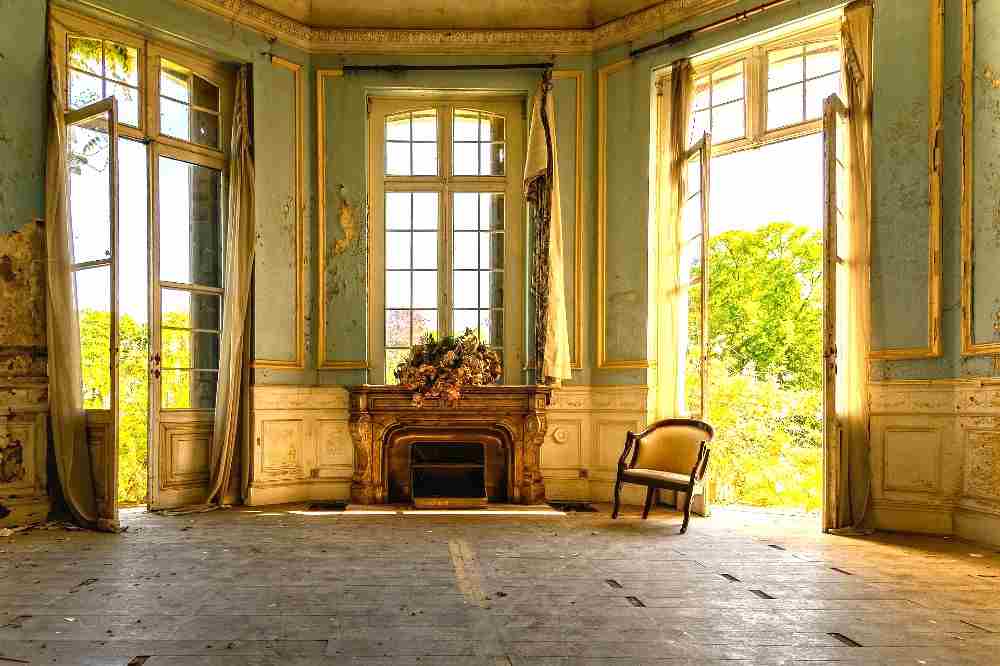Every house you enter has been made with roughly the same type of materials; cement, wood, metal, and drywall. Drywall is found in the bedrooms, kitchens, living rooms, bathrooms and offices of our homes and drywall mold is found in just as many places. Mold loves drywall!
Top 3 Characteristics that Make Drywall Mold a Substantial Problem
- Drywall is made with thick sheets of paper and a substance called gypsum plaster. The paper covers the plaster completely on both sides, hiding the plaster and giving it a smooth outer texture. The paper covering, however, makes drywall the number one food source of mold! We discard more drywall materials due to mold damage than any other type of material used in your home.
- Mold loves damp, dark places to grow, and drywall is often times the perfect place.
- Drywall easily absorbs moisture into the thick paper. The moisture is then trapped because the back side of the drywall is closed off to ventilation. This creates an atmosphere of moisture with an easy food source for hidden mold to grow rapidly. We have seen mold grow over five times its original size in as little as two months. Due to the prime conditions that water-filled drywall produces for mold growth.
What to do if You have Molded Drywall
Do not ignore small spots of mold on drywall. Because it will spread quickly and will affect the environment of your house. Drywall mold is very common. But it is also very dangerous to the health of your family and the quality of your home. If you find drywall mold in your home, or you suspect you might have some; we recommend that you have it assessed by a professional. Do not attempt to remove portions of the wall on your own. As it may cause the spores of the mold to become airborne if disturbed.
All types of wall materials we use in our homes easily hide in the presence of mold growth. Allowing wall mold to grow and spread. We have seen many times where mold was not visible. When looking at a wall until further examination where we pulled back baseboards, wallpaper, paneling or trim. These things can hide mold from plain sight so we don’t suspect that it is there. We can quickly find large amounts of mold that have been growing and thriving; in the dark and damp recesses of our walls.
Obtain Guidances from Mold Professionals
If you suspect that you may have wall mold growing in your wall cavities. It is best to inquire of a mold professional who is able to use non-intrusive methods. With specialized equipment that allows the professional to see as much of the damage as possible; without causing any unnecessary damage.
Professional mold removers have specialized tools and methods to use in non-invasive ways. That helps them determine the damage done to your home by drywall mold. The best place for mold to hide is inside the walls of our house! It’s true that it may be easy to miss mold growing in other parts of our homes? But inside wall, cavities are the number one area hidden mold is found! Because we can’t see it. There is nothing to alert us to its presence as it takes root in our walls.
